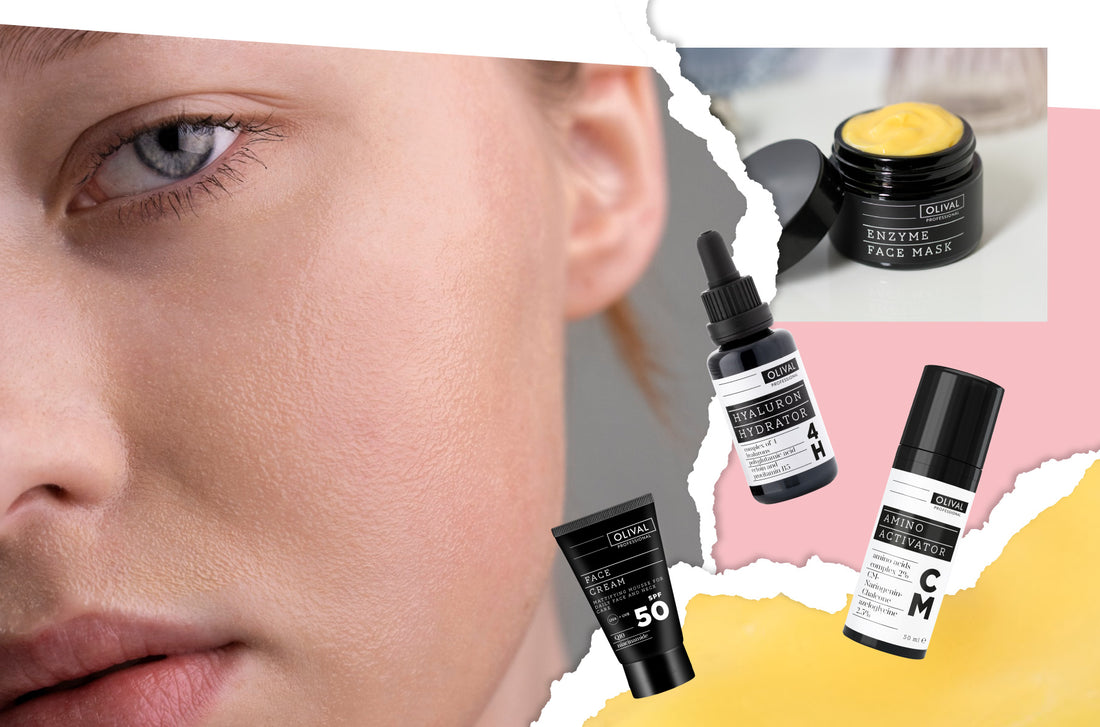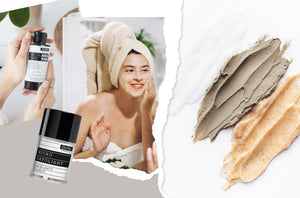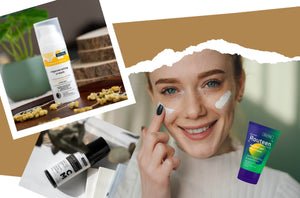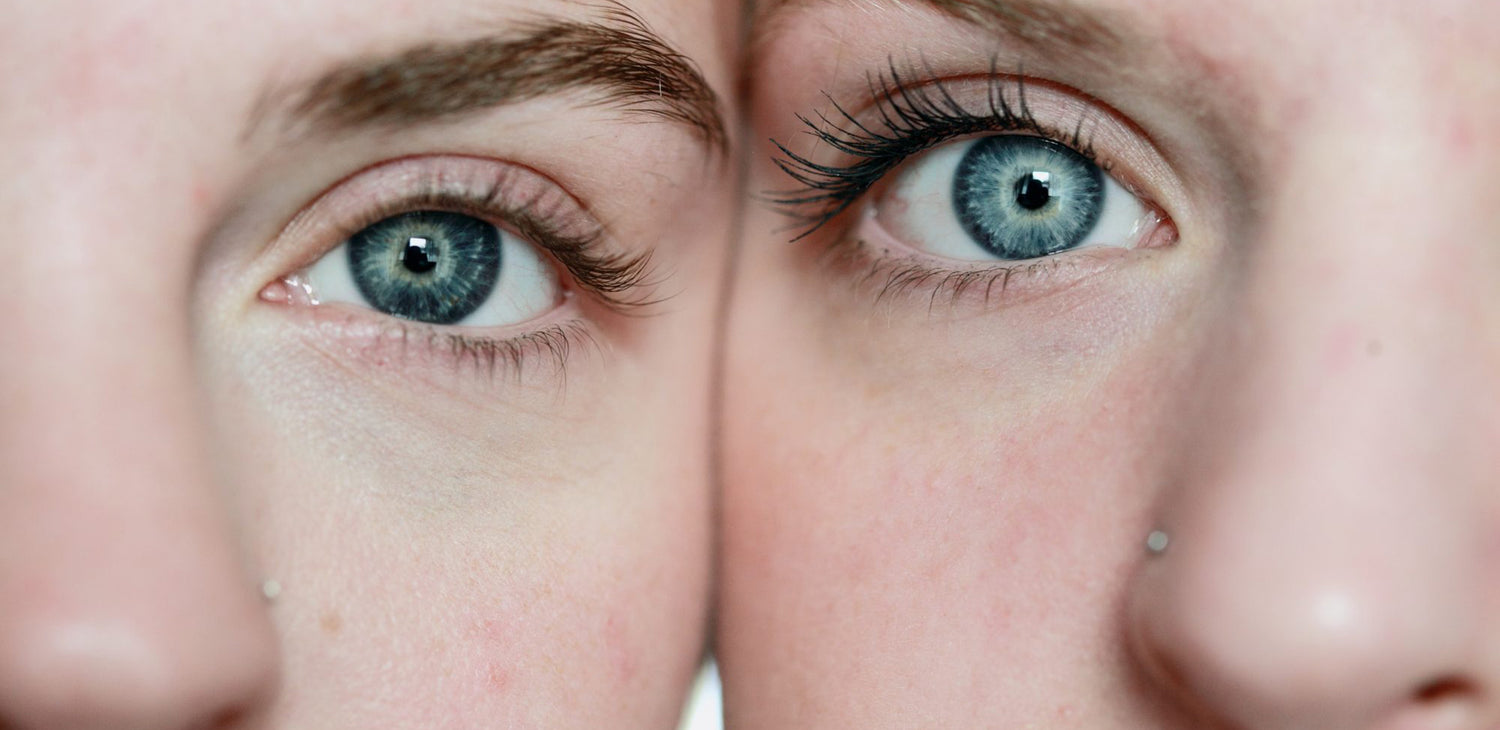Dermatologist's examination done, professional support received, rosacea diagnosis is there, maybe also some medicines and medical products that you have been using for a certain period. But what in the meantime and more importantly, what after them? It is known that rosacea is a chronic skin condition in which symptom relief is sometimes inevitable with a doctor's prescription and prescription. Also, cosmetics is only one of the many factors that affect the skin, but a significant one.
Stick to gentle cleansing, ideally double cleansing
Every skin needs these 3 basic care steps: cleansing, hydration, sun protection. Skin with rosacea is no exception. Sometimes the treatment process itself additionally (in the short term) damages the skin's natural protective layer, its barrier, making it even more sensitive. To begin with, it is necessary to choose quality cleansing products. It's excellent to practice double cleansing due to sun protection products and deeper cleansing of the pores.
This means that in the first step, usually with a product with an oily texture, you dissolve your own sebum (lipids from the pores), UV filters and makeup. This oil is not a classic natural greasy oil, but in contact with water it emulsifies, turns into milk and - completely rinses off. Now it's time for the second step, washing. The remains of makeup and small impurities are still present on the skin, so wash the skin with a gentle facial gel without SLS or SLES, which can dry out the skin. You only need double cleansing in the evening, and washing in the morning is good enough.

Hydrate and protect the skin at all times
The skin needs hydration in order to function optimally (don't forget, the skin is the largest organ that wraps our body and protects it from external influences). With this moisture, the skin will look fuller, it will be softer and more supple to the touch, with stronger barrier functions in the long term. At the same time, as a rule, well-hydrated skin will not "wake up" the feeling of "too tight skin", tightening, discomfort or itching.
Choose moisturizing, formula-neutral, soothing tonics and serums without perfume, essential oils and colourants. Examples of this are Professional Hydro Toner βG , Hyaluron Hydrator 4H and Peptide Serum P.
Research and find formulas that combine multiple targeted ingredients
In addition to already classic ingredients such as glycerin, peptides, hyaluronic acid, panthenol, allantoin, amino acids that moisturize and soothe the skin, it is good to explore newer innovative active ingredients such as azeloglycine and CM-Naringenin Chalcone. Complex formulations containing several such ingredients, such as the Amino Activator CM cream, will make the routine minimalistic, but very effective.
Azelaic acid is often called the best skincare ingredient for rosacea skin care. However, there is also azeloglycine. The innovative azelaic acid derivative is more tolerable on the skin compared to classic azelaic acid. It is also more compatible with many other ingredients and products, and more importantly, it is one of the key ingredients for proven rosacea symptom relief. It acts on acne with an antimicrobial effect and balances sebum secretion, but also strongly soothes the erythema characteristic of chronic skin conditions such as rosacea. The presence of glycine in the molecule enables hydration and strengthening of the barrier, which is essential for the recovery and healthy functions of the skin.
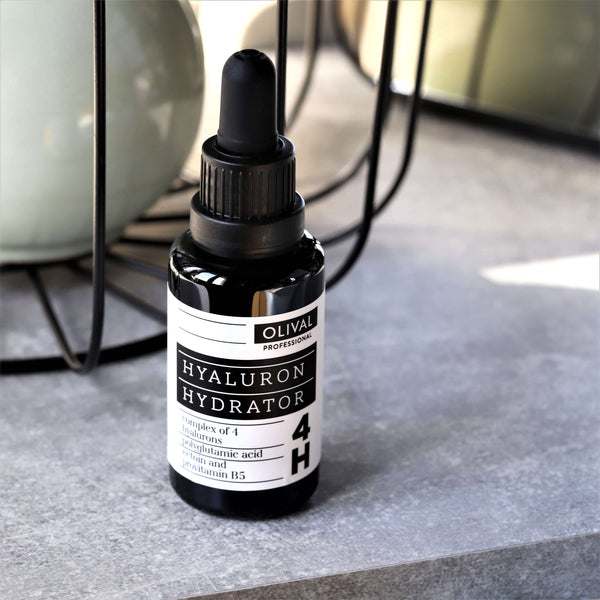
On the other hand, Carboxy-Methyl (CM)-Naringenin-Chalcone is an active ingredient derived from a natural polyphenol (naringenin chalcone) that can be found in the peel of citrus fruits or tomatoes. It is a very interesting (and still underrepresented) molecule with a strong anti-inflammatory effect. It is intended for targeted skin care with rosacea or generally sensitive skin prone to itching and redness.
This active ingredient brings multiple proven effects. First of all, it significantly reduces the inflammatory response of the skin by reducing the appearance of antimicrobial peptides in our body. Namely, in normal, balanced skin, the levels of this peptide are very low, while in skin with rosacea, the levels are extremely high. This peptide is one of the primary mechanisms of a kind of skin defense against stressors. However, in addition to signaling possible microbial activity in the skin and thereby "telling" it that it must defend itself, this peptide also promotes the appearance of proinflammatory (inflammatory) substances. This actually maintains the continuous inflammatory state characteristic of rosacea. CM-Naringenin Chalcone actually relieves chronic skin inflammation. It reduces capillary redness, protects and soothes stressed skin and provides a feeling of relief for itchy or irritated skin.

Let routine become routine
You guessed it - in everything, including skin care, consistency is sometimes crucial. Each ingredient and product needs a certain period in which it will lead the skin to improve, just as the skin has its own natural renewal cycle. It's important to have a routine, but it's even more important to stick to it day after day.
Skin with rosacea is even more difficult to "forgive" mistakes in steps. That's why it's good to always be careful when exposed to the sun, regularly renew sun protection products during the day, continuously use selected cosmetics, avoid spicy food and generally focus on a sustainable healthier lifestyle.

Introduce additional treatment products, but with time and caution
Despite rosacea itself being a chronic skin condition, it still has its own type, condition and needs. One of the needs is definitely regular exfoliation. If the skin is free of dead skin cells, the pores will be less filled, the skin will be smoother and brighter, and SPF and makeup will sit on it like no other. The choice of product, as well as the method of use, depends on the skin itself.
For fans of liquid exfoliants, it is a good option to introduce Peeling Toner AHA PHA based on mandelic acid, gluconolactone and lactobionic acid, since it is a very gentle, almost "beginner" product for acid peeling. It is used in the evening up to three times a week (depending on the skin) before neutral cream. Another option is fruit enzymes and exfoliation in the form of a refreshing Enzyme Face Mask, which will also hydrate and restore a wonderful natural glow. Of course, regardless of the type of exfoliant, SPF is always essential in the morning. For high protection, choose Face Cream SPF 50.


